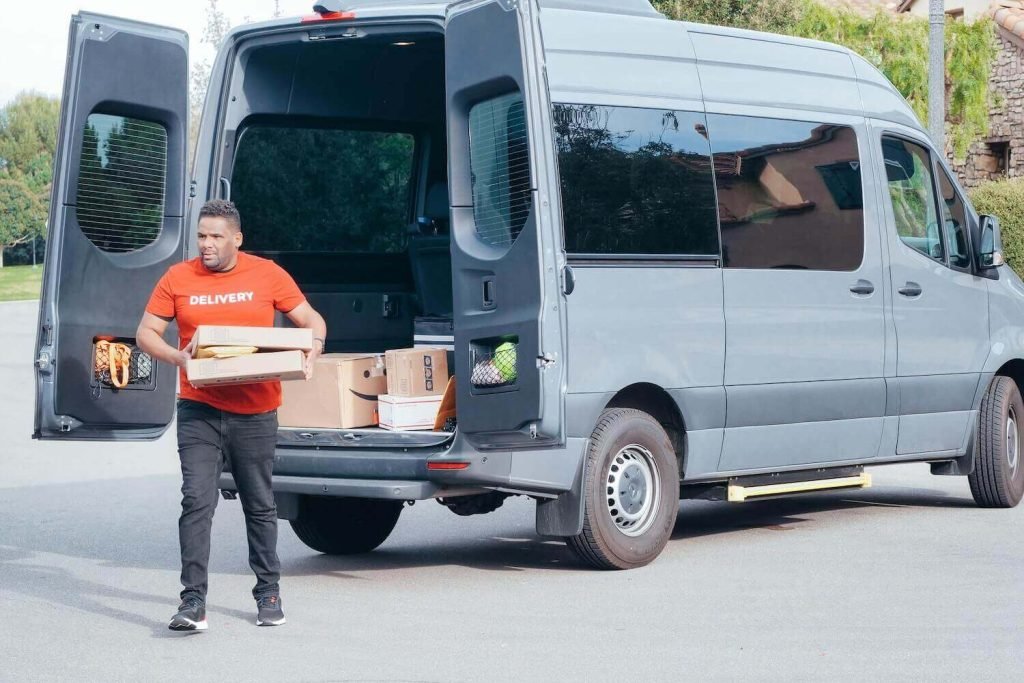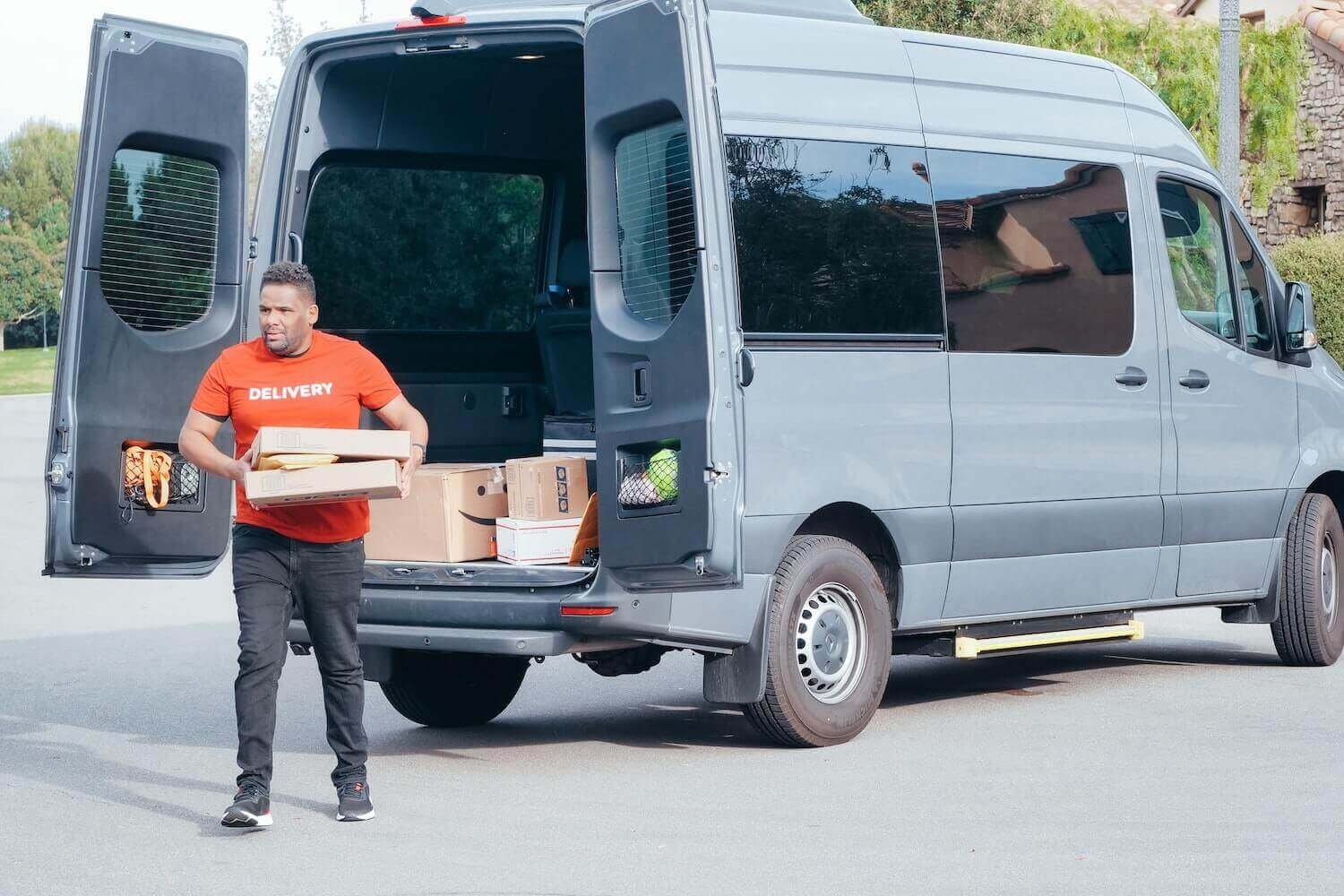If you’ve ever found yourself pondering, “Why is Postmates so expensive?”, then this comprehensive and detailed analysis should be your go-to guide. We’re going to delve into seven primary reasons that contribute to Postmates’ higher pricing structure. But first, let’s get acquainted with the brand itself.
An Insight into Postmates
Postmates, an American delivery giant, has been at the forefront of the on-demand delivery sector since 2011. With its innovative approach, Postmates picks up and delivers anything from a variety of sources, including restaurants, stores, and various other merchants, right to your doorstep. Having carved out its niche in the market, Postmates has become synonymous with on-demand convenience, serving millions across the U.S.

Postmates’ unique selling proposition is convenience, and it delivers on this promise consistently. However, this convenience doesn’t come without a cost, and that cost can often seem steep to the uninitiated. To make sense of this, we’ll dig deeper into the factors that contribute to Postmates’ pricing strategy.
Also Read: Does Postmates Deliver Cigarettes?
7 Reasons Why is Postmates So Expensive
1. The Premium on Convenience
Time: The Invisible Commodity
In an era where time is the most valuable commodity, convenience holds a premium. Postmates taps into this reality, providing the luxury of instant gratification. However, to quote a familiar adage, “There’s no such thing as a free lunch,” the convenience you enjoy is reflected in the price you pay.
Postmates offers round-the-clock services, delivering your needs any time, even on holidays. To maintain this level of service, there are inevitable additional operating costs, including paying drivers for late-night or holiday deliveries and keeping their customer support up and running at all hours. All these expenses factor into the price you pay for the service.
Efficiency: The Road to Quick Deliveries
Promising quick deliveries is a core aspect of Postmates’ service. Delivering on this promise requires substantial logistical planning and workforce management. For instance, ensuring that every delivery reaches its destination within an hour requires significant resources. Besides, to keep drivers motivated for such quick deliveries, they need to be adequately compensated. These factors directly influence the service fees, leading to a slightly higher bill compared to traditional pickup services.
2. The Burden of Operational Costs
The Technology Backend
At its core, Postmates is a technology-driven service. It employs advanced tech to manage its operations, right from the user-friendly app interface to a complex AI system that optimizes delivery routes. However, developing, maintaining, and updating this tech infrastructure come with a significant price tag. As is common with most tech-oriented services, these expenses are incorporated into the service costs, subtly influencing the price you pay.
The Human Element
While technology is crucial to Postmates’ operations, it wouldn’t function without its workforce. From the delivery drivers who bring your orders to the tech team who manage the app backend and the customer service team who ensure your queries and concerns are addressed promptly, they all contribute to the functioning of Postmates. Providing fair wages and benefits to this extensive team also adds to the service costs, subtly increasing the price you pay.
3. The Surge of Dynamic Pricing
Peak Hours: When Demand Exceeds Supply
Similar to rideshare services like Uber, Postmates employs a dynamic pricing model. During peak hours or times of high demand, you might notice an increase in prices. Known as ‘Blitz Pricing,’ this strategy helps manage demand and incentivize drivers to be available when they are needed the most. It’s a classic case of supply and demand, and while it can sometimes make Postmates seem more expensive, it ensures that you can still get a delivery when you need it.
Weather and Events: External Factors at Play
Postmates’ dynamic pricing model also comes into play when there are external circumstances like poor weather conditions or significant city-wide events. Drivers are likely to be less willing to work in adverse weather, so Postmates may raise prices to attract more drivers and ensure customers can still get their deliveries. Likewise, during a large event, the surge in demand might result in temporary price hikes. While this might increase the cost of your individual order, it helps maintain the efficiency of the delivery network as a whole.
4. Distance, Order Size, and Their Influence on Pricing
Distance: More Miles, More Costs
One of the key determinants of delivery pricing on Postmates is distance. The app calculates the delivery fee based on the miles covered from the pickup location to your doorstep. This policy ensures that drivers are fairly compensated for their time and the fuel they use for long-distance deliveries. However, it can result in a higher delivery fee for the customer, particularly if the chosen restaurant or store is far from your delivery address.
Size Matters: How Order Size Affects Pricing
Postmates also considers the size of your order when determining the final price. Larger orders are often more difficult to handle, require larger vehicles for delivery, and could take more time to prepare and deliver. Hence, they often come with an additional service fee. High-end restaurants and premium stores might also have additional charges, such as packaging or handling fees, that are outside of Postmates’ control. While this might increase the cost of your order, it helps ensure that your delivery arrives in the best condition.
5. Market Dynamics and Brand Positioning
Standing Out in a Competitive Landscape
The on-demand delivery market is highly competitive, with brands like DoorDash, Uber Eats, and Grubhub offering similar services. Each company has its pricing strategy to balance its operating costs with profitability and customer acquisition. Postmates, with its emphasis on quality and reliability, might sometimes seem more expensive than its competitors. However, the brand caters to customers who value these factors over purely cost-related considerations.
High Standards, High Costs
Another reason behind Postmates’ pricing is its commitment to maintaining high standards of service. This commitment involves timely deliveries, efficient customer service, secure and careful handling of orders, and fair compensation for any mishaps. All of these elements contribute to the brand’s operational costs and, consequently, the prices you pay as a customer.
6. Partnerships, Commissions, and Their Impact
Navigating Through a Sea of Partnerships
Postmates operates through numerous partnerships with restaurants, retail stores, and local businesses. Depending on the specifics of these partnerships, Postmates might need to pay certain commissions or fees, which are included in the pricing of the services. While these commissions can sometimes make Postmates seem expensive, they are an integral part of the business model that enables you to order from a wide variety of businesses through a single platform.
Bolstering Local Economy
Postmates’ commitment to supporting local businesses also contributes to its pricing structure. By facilitating deliveries from local restaurants and stores, Postmates helps them reach a larger customer base, stimulating their business. So, when you pay for a Postmates delivery, you’re not just paying for the convenience; you’re also supporting your local economy.
7. Navigating Through Regulatory Costs and Taxes
Compliance: A Necessary Expense
Like any business, Postmates has to navigate through a sea of regulations and compliance requirements. These could range from health and safety standards for food delivery to data privacy norms for its app. The costs incurred in ensuring full compliance with these regulations are factored into the service fees you pay.
Taxes: The Inevitable Outlay
Depending on your location, various taxes might apply to your Postmates delivery. These taxes are collected and remitted as per local laws, and they are reflected in the final bill. Although these taxes can make your order seem more expensive, they are an essential part of doing business and contributing to the local economy.
Now, let’s address some frequently asked questions that often crop up regarding Postmates’ pricing.
Frequently Asked Questions
Q1: Can I get free delivery on Postmates?
Yes, you can! Postmates offers free delivery to its ‘Unlimited’ members for orders over $12 from all ‘Plus’ merchants. There’s a monthly or annual fee for this membership, but if you order frequently, the savings can be considerable.
Q2: Why are prices on Postmates different from the restaurant prices?
While Postmates strives to keep its prices aligned with the restaurants, there can be discrepancies. These could arise from changes in the restaurant’s pricing, extra charges for packaging and handling, or fees related to the delivery process.
Q3: Why do Postmates’ prices vary with distance?
Postmates employs a mileage-based pricing model. The further your delivery address is from the pickup location, the higher the delivery fee. This approach ensures that drivers are compensated fairly for their effort and fuel costs.
Q4: Are Postmates’ prices the same as in-store prices?
In general, Postmates aims to keep its prices identical to in-store prices. However, certain extras such as packaging fees or handling charges from the restaurants might cause a variation.
Q5: Does Postmates charge more for large orders?
Yes, larger orders often come with a higher service fee. This is due to the increased effort needed to handle and deliver these orders.
Q6: How can I avoid paying high fees on Postmates?
Ordering during off-peak hours, choosing nearby restaurants, or subscribing to Postmates Unlimited can help you save on delivery charges.
In summary, the perceived expensiveness of Postmates comes down to the value it provides. It’s a fusion of convenience, a wide merchant network, efficient delivery, and top-notch customer service, all of which have associated costs. Remember, “You get what you pay for,” and with Postmates, you receive an efficient, high-quality, on-demand delivery service.


